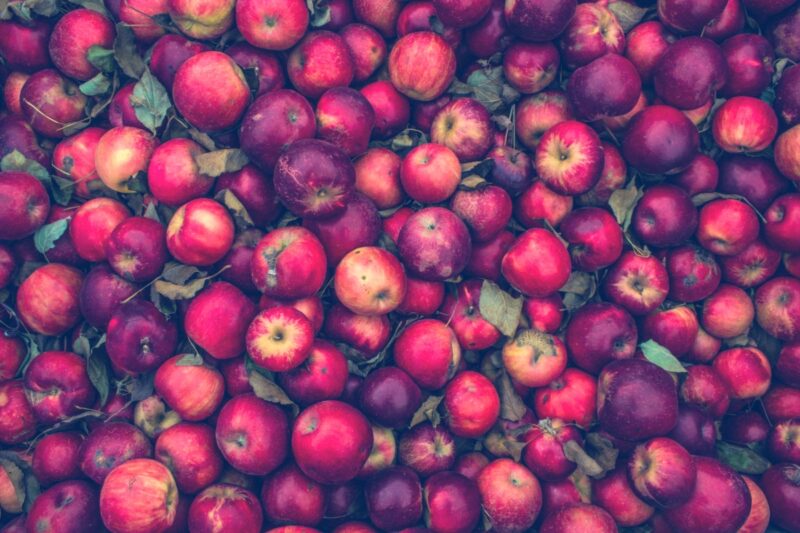On a small square of earth behind 159 Pioneer Street, in Brooklyn, New York City, there is an apple tree. It does not look like much in winter, but in the spring, it yields pink, white, red flowers, which by autumn, transform, into—
magic—
forty different kinds of apple; every single variety cultivated, over the past two centuries, in the five boroughs of New York City.
Empire, Red Delicious, McIntosh, Cortland, and Rome; Golden Delicious, Paula Red, Gala; Fuji, Macoun, Jonagold… spectra of aromatic reds and yellows; every shade of tart and sweet, sprouting from the branches of a single, grafted tree.
“Love is like a garden in the heart, he said.
They asked him what he meant by garden.
Grafting is an ancient agricultural technique by which the budding tip of one plant is joined to the base of another. And grows! Into a wondrous and unique amalgamation of both. Now add a third plant, and fourth… There are forty kinds of apple in New York.
And 8.419 million people.
“He explained about gardens. ‘In the cities,’
he said, ‘there are places walled off where color
and decorum are magnified into a civilization.’”
They come from more than 150 countries, and speak in up to 800 tongues and dialects. They come from a handful of Dutch settlers, and one apple tree from Holland.
The city’s nickname, the Big Apple, “the dream of every lad…” first appeared in a 1921 sports piece. Its murky origins are somewhere in the nineteenth century; at that time, to wager, or bet, “a big apple” meant “to risk your best, the measure of your skill and character, taking a chance on something promising but uncertain,”
like a new life in a New World, perhaps. A city like New York,
with its vision of smog and shine and gold and neon; graffiti and carboard signs asking for spare change; glass and concrete and piles of trash, corporate offices; skyscrapers and soup kitchens; marble lions, rats; limos, food trucks; Chinese souvenirs, I Heart NY; art museums, starving artists,
Broadway, expressway, subway; Mona Lisas and Mad Hatters, a vision
“‘Like a beautiful woman,’ he said. How like
a woman, they asked. He remembered their wives
and said garden was just a figure of speech,”
It takes water, attention, intention, patience, grit for a grafted plant to survive. A commitment; a variety needs a new root structure every twenty to thirty years to stay viable.
Yet apples have existed since Eden, and some varieties have lived thousands and thousands of years, which means that every twenty to thirty, someone dreamed and dared and cared hard and long enough to graft a new apple tree;
to come to New York, with love and courage—coeur means heart in French—“like a garden;” dream, dare, care hard and long enough to build a city, home, identity on the possibility of something glossy—red? , unique, beautiful and different, never-before seen, big;
“he was crying. Talking about how Charlemagne
couldn’t read but still made a world. About Hagia
Sophia and putting a round dome on a square
base after nine hundred years of failure,”
something that could be grafted, take root and grow in 8.419 million ways, a viable amalgamation of histories and ambitions, colours; every red and yellow, decorum; spices, turbans, veils, braids, beads, songs in 800 tongues and dialects,
“Both the melody
and the symphony. The imperfect dancing”
smog, trash, traffic,
and apples growing on a tree behind 159 Pioneer Street.
